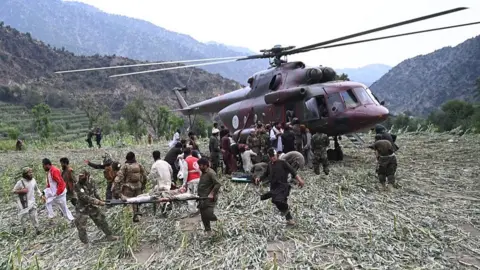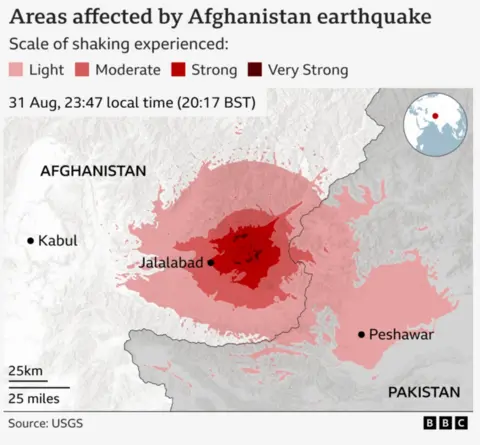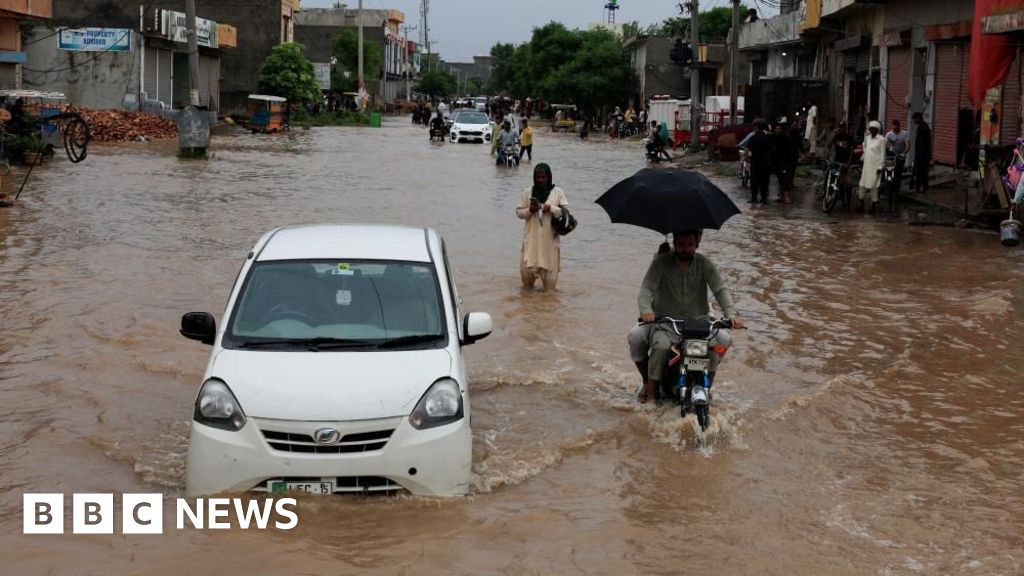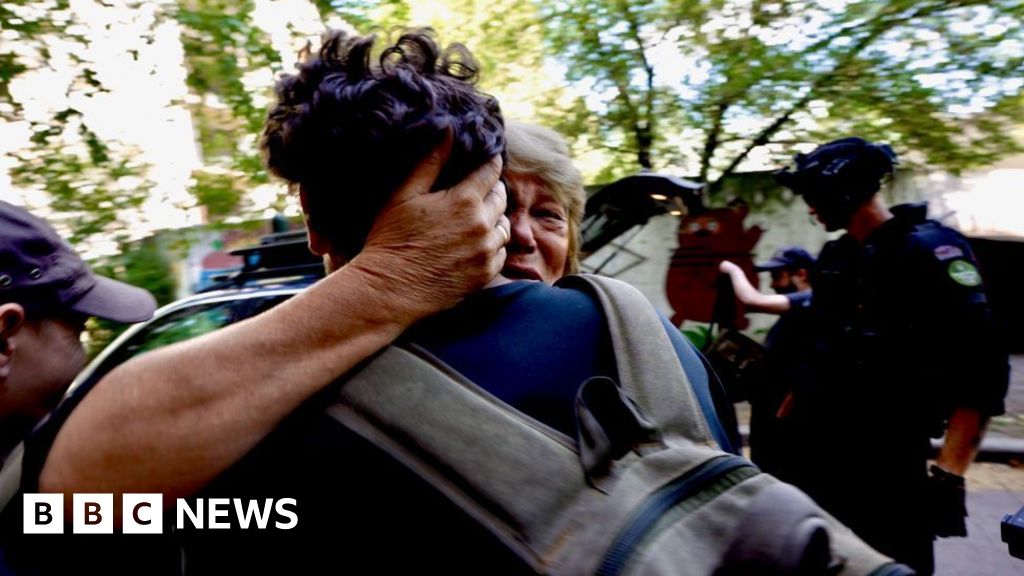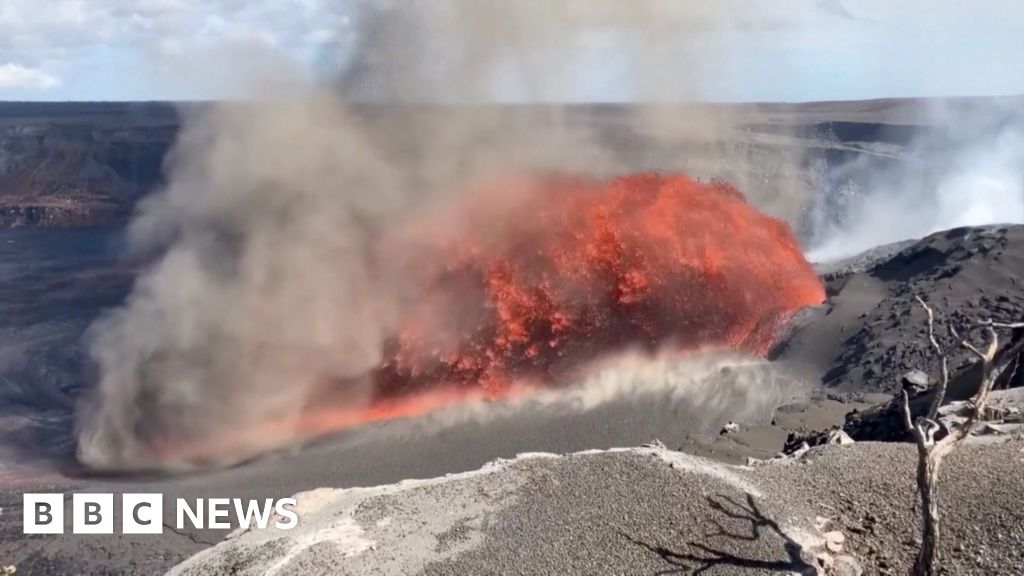A powerful 8.8 magnitude earthquake near Russia's Far East triggered widespread tsunami warnings across the Pacific, prompting evacuations in various regions. The earthquake, occurring at 11:25 AM local time on Wednesday, led to alerts that affected over two million people in places such as Russia, Japan, and Hawaii. Fortunately, reports suggest that there was no significant damage or injury resulting from the quake.
A tourist in Hawaii remarked, “The disaster we were expecting did not come," as residents sought safety on higher ground with waves recorded at 1.2 meters in Oahu and up to 1.7 meters in Maui. Hawaii's Governor Josh Green had warned of the dangers associated with tsunami waves, stating: "It will actually kill you if you get hit." However, as the situation unfolded, he noted that there were no consequential waves, leading to a downgraded tsunami warning issued by the Pacific Tsunami Warning Centre.
Coastal regions of California also experienced minor tidal surges, with Crescent City reporting waves of 1.09 meters. British Columbia in Canada initially advised residents along the coast to stay away from the water, but this warning was later lifted.
In the earthquake's epicenter, Petropavlovsk-Kamchatsky, some structural damage occurred, but fortunately, no serious injuries were reported. Tsunami waves reached 5 meters in Severo-Kurilsk prompting evacuations, though, again, significant damage was avoided.
Despite initial fears, Japan experienced only minor effects with waves surpassing one meter in several coastal areas and no confirmed damage. Evacuations were ordered for almost two million people, with the Prime Minister asserting the lack of reported destruction. The Fukushima nuclear facility took precautionary measures by evacuating workers, but no abnormalities were noted at the site.
In regions far from the quake, alerts reached areas including Papua New Guinea and other Pacific nations, while countries like China and the Philippines rescinded their warnings as the situation stabilized. The earthquake, one of the largest on record, occurred along the Pacific Ring of Fire, where seismic activity is common, reiterating the need for readiness in vulnerable coastal communities.








